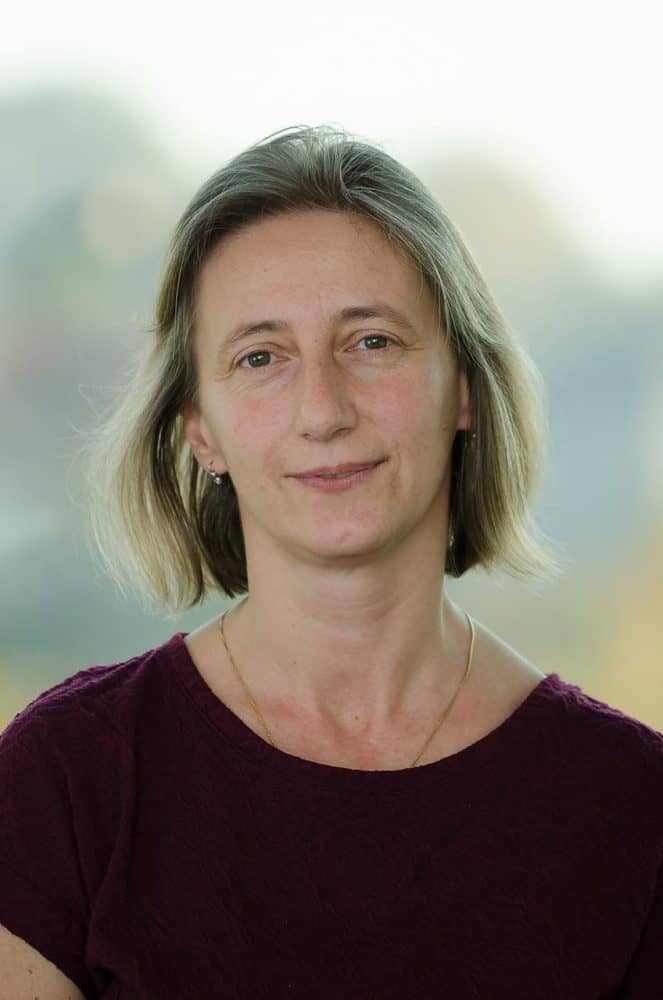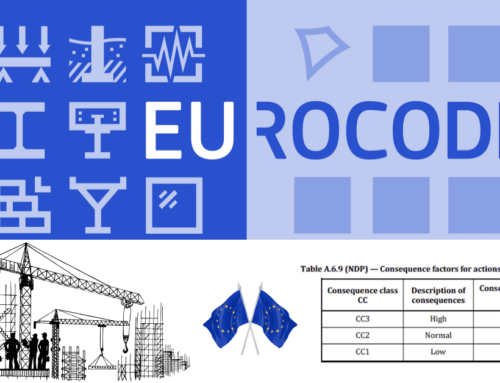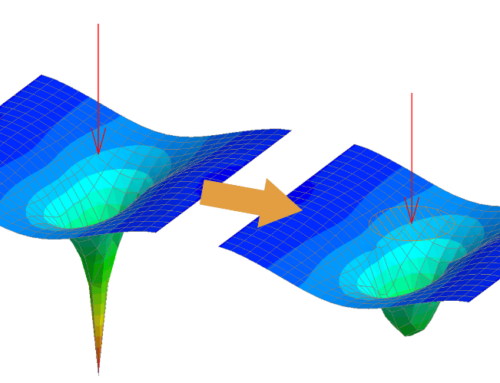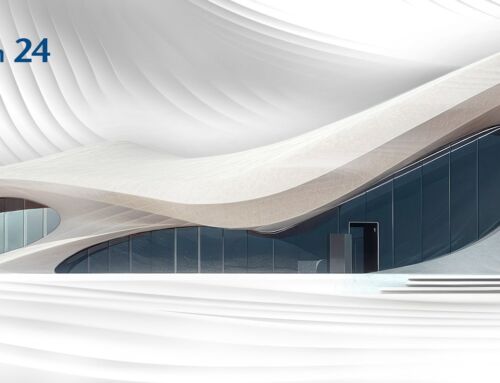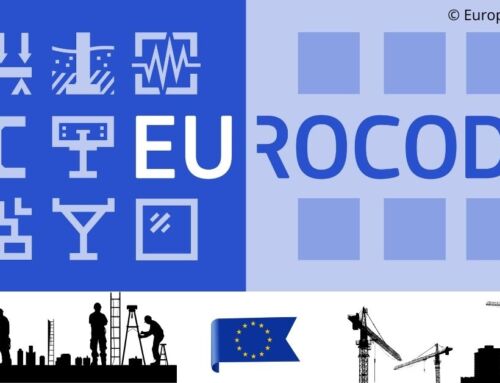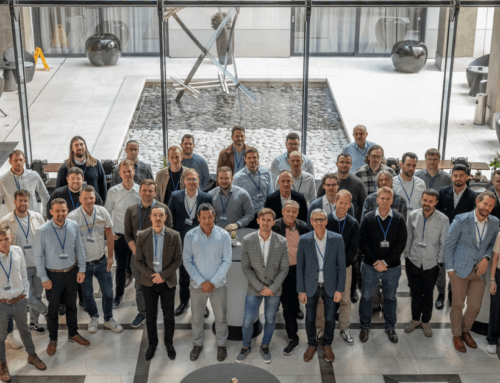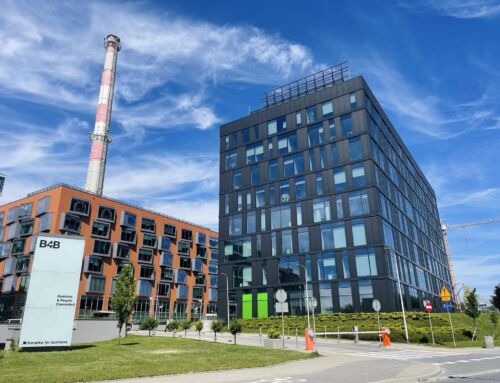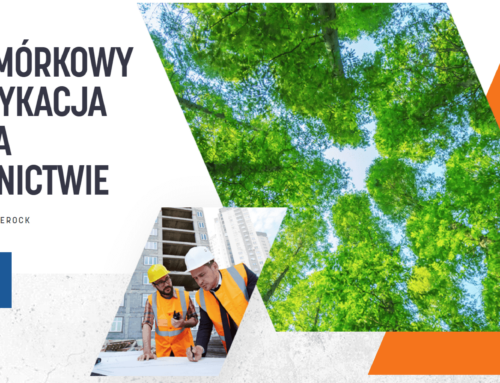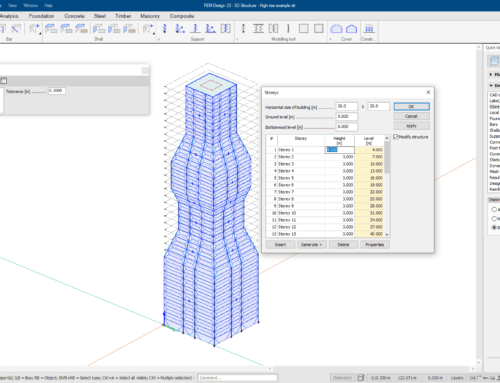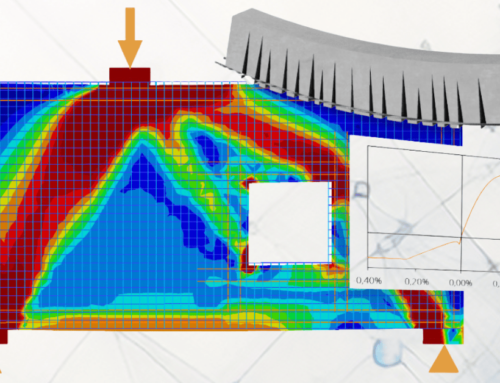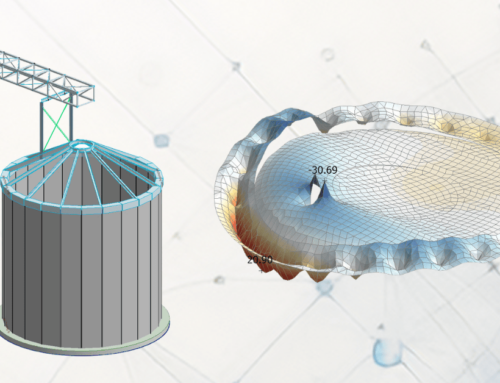StruSoft recently launched FEM-Design v21 to all markets. It is based on a mix of ideas from our Users and our strong connection to the building industry. A team of 20 engineers and specialists in Finite Element Analysis (FEA), mathematics and software coding are responsible for developing FEM-Design. It is a complex and creative process that engages the entire FEM-Design Development Team.
FEM-Design was originally created over 25 years ago when two software merged, one from Sweden and one from Hungary. Today, the main development of the software is based in Budapest, Hungary and each year the Team produces a new version.
The Development Team consists of four groups, each with its particular area. A general group of civil engineers and IT experts responsible for the interface, mesh and design calculations. Another group comprises experts in finite element theory who primarily work on developing different analysis types. A third group works with importing and exporting data to various software and file formats. Lastly, the fourth group works on testing and evaluating FEM-Design.
In addition to the four groups, a system administrator and a secretary are also employed. Let’s hear from one of the principal developers, Klára Ledniczky, and her thoughts about the exciting work being done.
“Many have worked in our team for more than 10 years, some more than 20 years, we have a good collaboration and help each other between the groups, which is essential because FEM-Design is becoming increasingly complex and advanced.”
All development is based on User ideas and feedback
An essential task for StruSoft is to always listen to its Users. But how does it work? How do the improvement proposals and ideas reach the developers?
“Mainly, the sales team collects ideas and feedback from the customers, several suggestions are coming from the support team and our annual user conference KCT, which is becoming more and more important.”
The ideas and suggestions come from the User’s working day. They wish for a specific feature, a particular function to be streamlined, or improvements in the program’s user interface. Before submitting the proposal, the sales team decides if it is a development idea or a shortcoming in the User’s knowledge. If that is the case, a referral to our support may solve the issue.
“We select the proposals that we consider interesting and suitable for many markets, then we kick off the project work, collect information, and start the development and tests.”
In this way a value chain is built from the User straight into the latest version of FEM-Design. This process is ongoing to develop the program continuously.
Rapid changes within the construction industry
The continuous change in the construction industry also affects the development of the new version, for example, the use of Eurocode. Klára finds this stimulating as she gets to practice her engineering skills. She is a civil engineer with a big interest in programming. This is why she applied for a job at StruSoft in the beginning – to combine her engineering knowledge with her passion for programming.
“It is a very dynamic job. Sometimes it’s all about engineering and my knowledge as a structural engineer, for example, within steel structures which is a favourite! Or to increase the program’s user-friendliness and include the growing demands from users to analyse even larger constructions. Or improvements to the software’s interoperability.”
Another area is automation
“I was impressed by how FEM-Design connects with Grasshopper and Rhino. We get many ideas and suggestions to improve our API, and more people demand an automated way of working; it is a fascinating area!”
You, as a User of FEM-Design, have an essential role. If you have any thoughts, ideas, or suggestions to make FEM-Design a better tool, please contact your sales representative!
And finally, some of Klára’s favorite features in the latest v21 of FEM-Design:
- Improved interface with the macro “Display settings” in Quick tools – it speeds up the work
- Automatic generation of snow loads – saves a lot of time
- Plastic analysis of steel beams – an advanced analysis method.
Master of Science Klára Ledniczky is part of the FEM-Design development team and helps develop a new version of FEM-Design every year.
